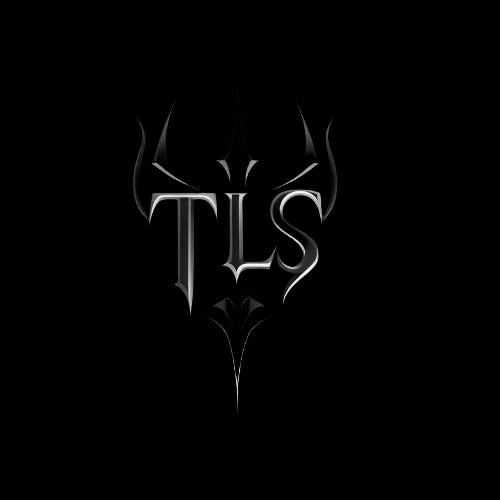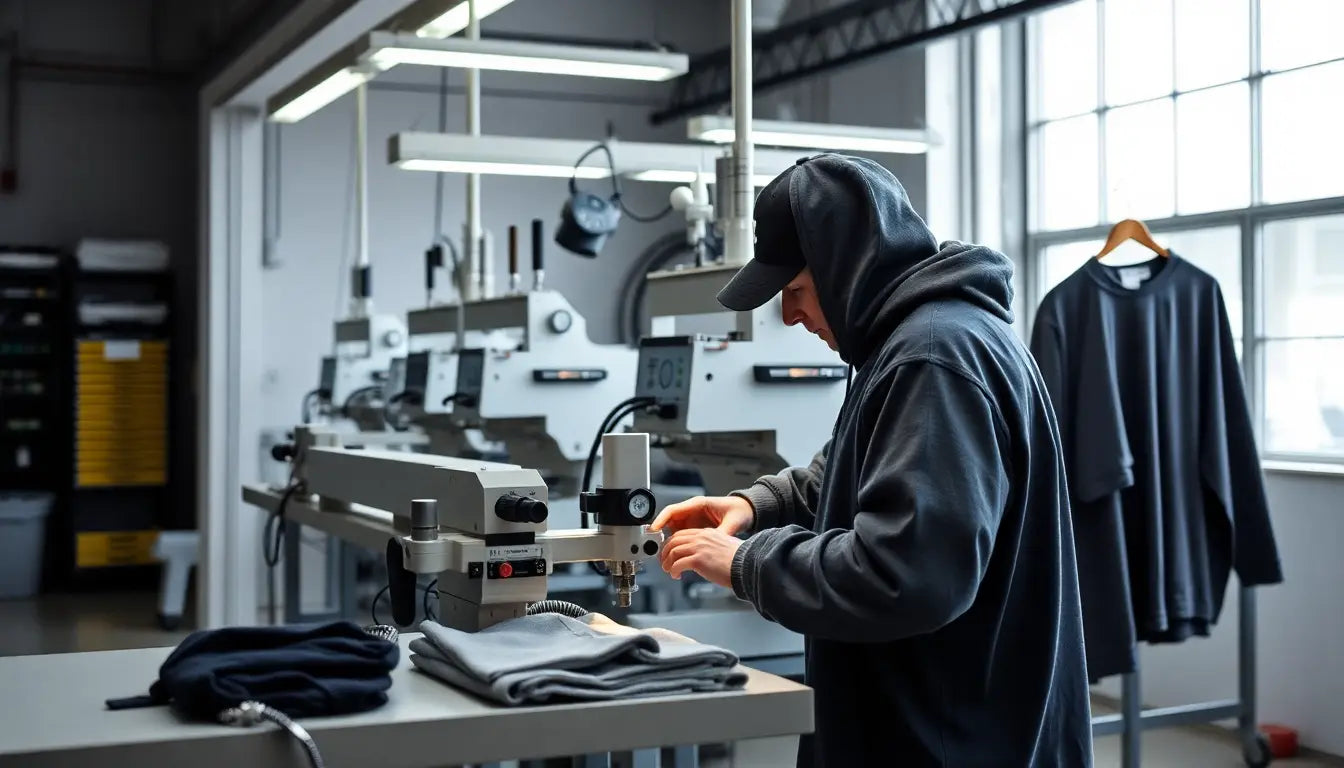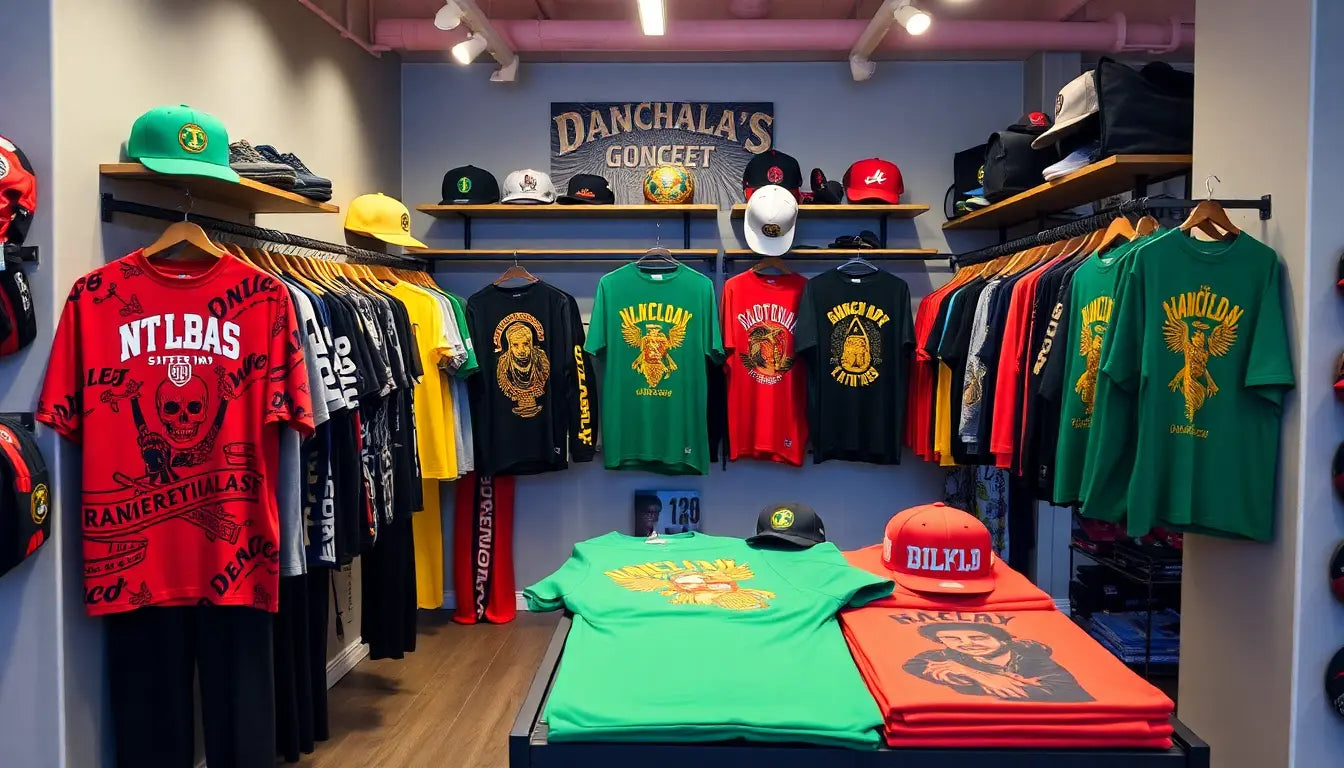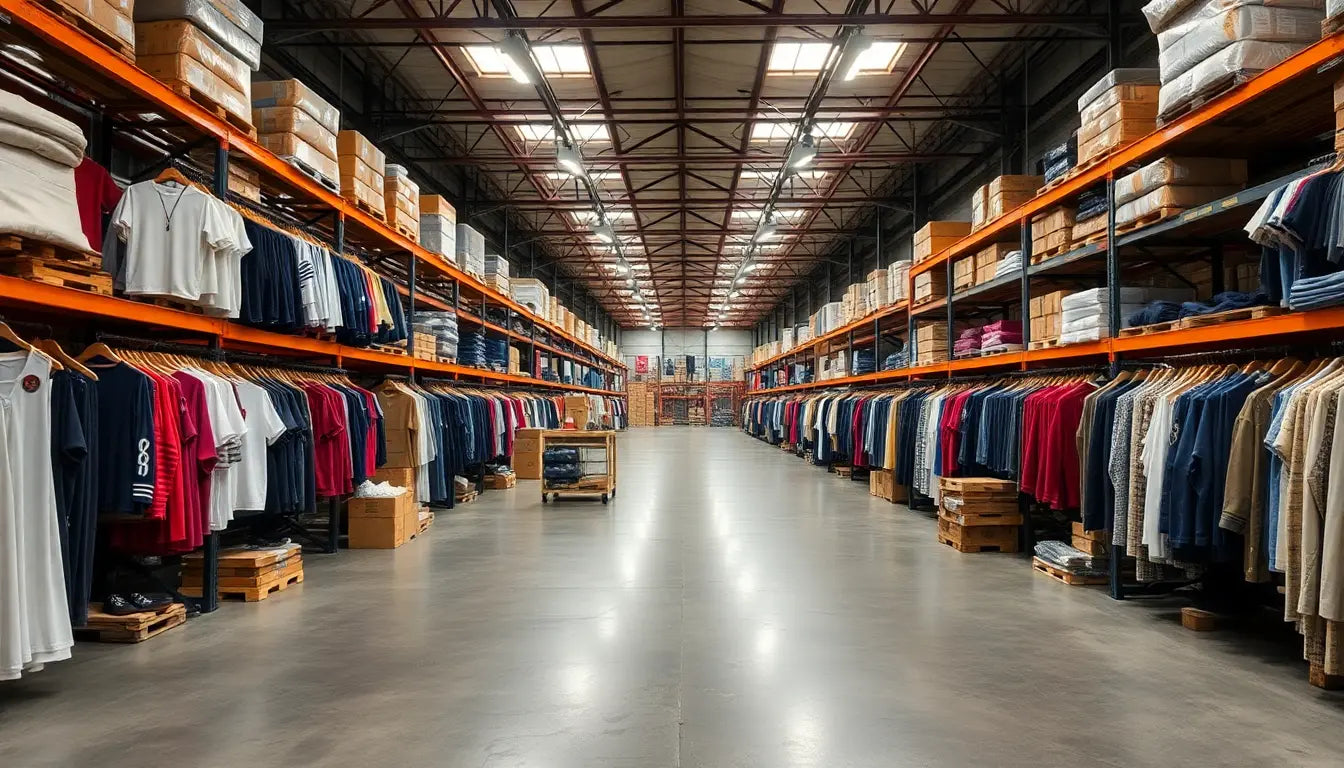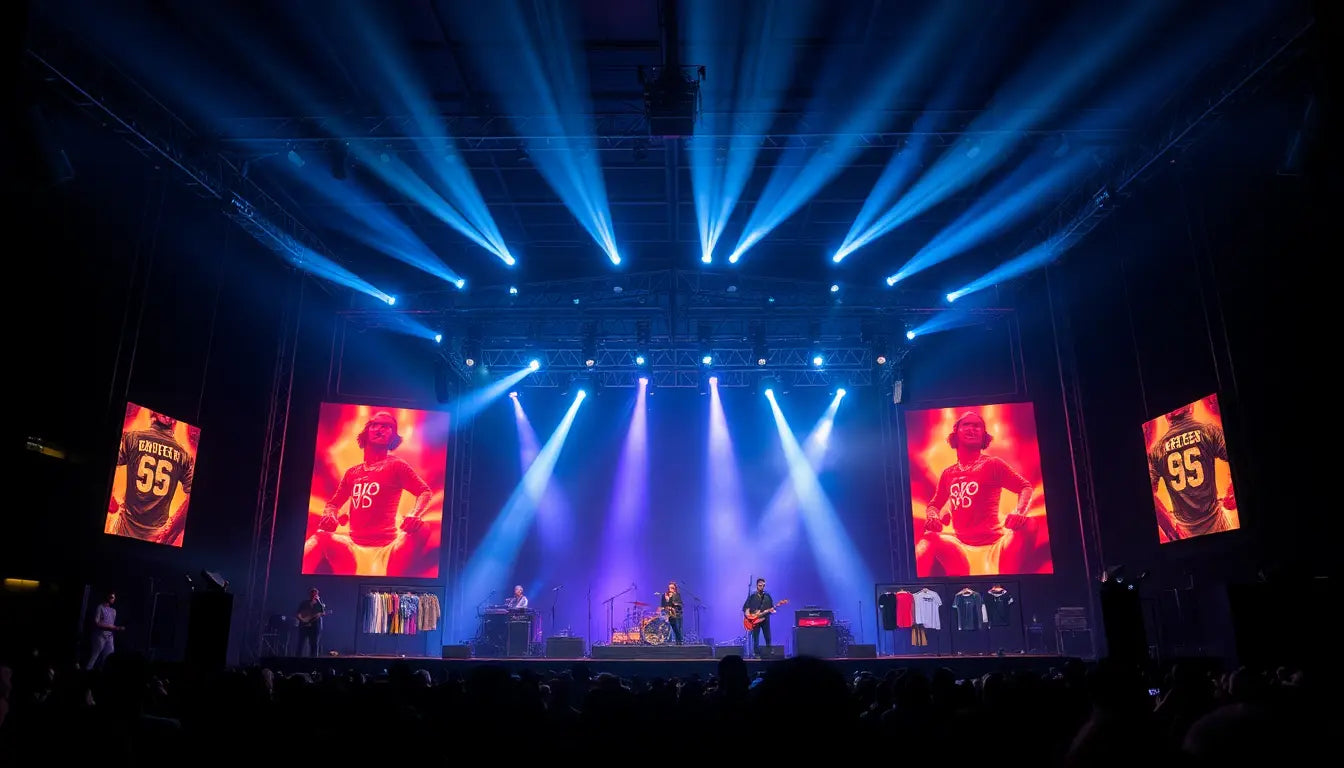
Tour-to-Tailor: How Tommy Lee Sparta Turned Live Shows into an On-Demand Manufacturing Network to Scale Dancehall Streetwear
Introduction: Reimagining Merch for the Live-First Era
The intersection of music, culture and commerce has never been more dynamic. In an era when fans expect immediacy, authenticity and limited-edition scarcity, the traditional model of pre-producing thousands of garments months ahead of a tour is increasingly brittle. "Tour-to-Tailor" reframes merch as event-driven commerce: capturing demand at the moment of peak enthusiasm and routing production to a distributed on-demand network that manufactures and fulfills quickly.
This long-form article examines the Tour-to-Tailor model through the lens of Tommy Lee Sparta — a high-profile dancehall artist whose approach (as an illustrative case) highlights how live shows can be used as the input to an agile, on-demand manufacturing and fulfillment system. You will get strategy, technology recommendations, operational playbooks, pricing models, risk mitigation tactics, legal and customs considerations, sample KPIs, and an end-to-end rollout timeline you can implement.
Why Tour-to-Tailor Beats the Old Merch Playbook
- Demand-Driven Inventory: Manufacture only what buyers have committed to, improving cash flow and cutting markdowns.
- Experience-Centric Products: Event-tied items carry emotional value and social currency, increasing willingness to pay.
- Localized Relevance: City- or venue-specific drops let brands tailor art, colorways and collaborations to local scenes.
- Speed = Shareability: Faster production means buyers can wear and post about purchases while the show buzz is still alive.
- Scalable Without Heavy CapEx: Use partner micro-factories and mobile setups instead of large central warehousing investments.
Framing the Case: Tommy Lee Sparta as a Representative Example
Tommy Lee Sparta is a prominent voice in dancehall culture. For the purposes of this article, his approach represents a broader pattern emerging among touring artists who convert their stage influence into immediate, localized commerce. Whether or not every detail of this article maps perfectly to any single artist’s business, the Tour-to-Tailor framework shown here is practical and proven across live events, festival retail and modern D2C apparel operations.
Core Components of a Tour-to-Tailor Program
- Onsite Demand Capture — frictionless checkout at shows via QR, mobile POS, and staged announcements.
- Distributed Production Network — vetted local printers, micro-factories, and optional mobile production rigs.
- Real-Time Order Routing — software that routes jobs to the optimal production node based on proximity, capacity and cost.
- Fast Fulfillment Options — venue pickup, local courier same/next-day, or regional hub shipping.
- Brand Narrative and Scarcity — stage drops, artist-designed exclusives and limited runs to drive urgency.
Detailed Demand Capture: Turning Moments into Orders
Capture is everything. Fans buy when emotion and social context peak — typically before, during and immediately after a show. The capture layer should remove friction and amplify scarcity.
- Mobile POS and Contactless Payments: Portable terminals and mobile checkout apps for walk-ups.
- QR-Enabled Drops: Posters, LED screens, and stage shout-outs that link to event-specific landing pages where buyers can reserve or purchase items.
- Pre-Show Teasers and VIP Bundles: Early access for VIP ticket holders or newsletter subscribers drives higher AOV.
- Onstage Live Drops: Announcing limited editions from the stage creates urgency and content for social sharing.
- Cross-Promotions: Bundles with meet-and-greet, signed items or digital content (exclusive tracks, NFTs with provenance metadata).
Building the Distributed Production Network
Production should be as close to the buyer as practical. The network includes long-term partners and temporary mobile nodes.
- Regional Micro-Factories: Small, certified shops capable of DTG printing, embroidery and finishing with 24–72 hour turnaround.
- Mobile Production Units: Vans or converted trailers equipped with heat presses, DTG or vinyl cutters for same-day work at large events.
- On-Demand Manufacturing Platforms: Integrations with national on-demand providers that can accept API-driven job submissions.
- Standardized Production Packs: Pre-approved file formats, color profiles, sizing charts and packaging specs to ensure consistent quality across partners.
Order Routing and Tech Stack: The Nervous System
A resilient tech stack provides visibility and automated routing from order to fulfillment.
- Unified Commerce Platform: Accepts orders online and in-person with event-level SKUs.
- Order Management System (OMS): Tracks status, sends production tickets, assigns to fulfillment nodes and manages returns.
- Production Routing Engine: Rules-based (or AI-augmented) logic that chooses the production node based on distance, capacity, cost, SLA and inventory of blanks.
- Mobile POS + QR Checkout: Lightweight checkout that links directly to event SKUs and triggers routing logic.
- APIs to Production and Logistics Partners: Automate ticket creation, ETA updates and carrier label printing.
- Analytics Dashboard: Real-time KPIs — sales by SKU, sell-through per venue, lead time, unit economics and social engagement.
Design, SKU Strategy and Product Mix
Keep the product set focused to simplify production and maximize impulse buy potential.
- Core Items (low complexity): Tees, hoodies, hats — 2–4 event SKUs keeps orders manageable.
- Limited Editions (high hype): City collaborations, signed or numbered pieces that command higher price points.
- Customization Options: Add-ons like patches, embroidery names, or quick-print personalization for higher margin upsells.
- Sizing and Fit Strategy: Offer clear size guides and consider regional sizing differences; stock core blanks in key sizes if offering walk-up same-day pickup.
- Packaging and Tags: Event-specific hangtags, authenticity certificates or QR codes that unlock digital experiences.
Pricing Strategy: Maximizing Revenue Without Alienating Fans
Pricing should reflect emotional value, scarcity, and production costs. Consider tiered pricing and bundling.
- Entry Items: Lower-priced tees to capture a broad share of attendees.
- Premium Limited Runs: Higher price for city-exclusive or artist-collab items (numbered and certified).
- Bundling: Combine merch with digital downloads, VIP experiences or future discounts to increase AOV.
- Dynamic Offers: Short-term discounts for pre-orders placed before the show or for customers who share on social media.
Financial Model and Unit Economics (Illustrative)
Below are example ranges for unit economics. Tailor to your supplier rates and tour size.
- Basic tee (DTG print): Cost of goods sold (COGS) $8–$12; retail $35–$45; gross margin ~65–75%.
- Hoodie (screen print/embroidered): COGS $20–$35; retail $70–$120; gross margin ~50–70%.
- Limited edition numbered jacket: COGS $45–$80; retail $150–$350; gross margin ~60–75% depending on materials and rarity.
- Mobile production per-unit incremental cost: add $3–$12 depending on speed, labor and setup.
- Fulfillment and local courier: $5–$20 per order depending on same-day, next-day and distance.
Modeling should include: production labor, blanks, shipping, packaging, marketplaces fees, payment processing, and a contingency buffer for returns and reprints. On-demand models push variable costs higher but reduce fixed inventory carrying costs and markdown risk.
Operational Playbook: Step-by-Step Rollout
- Pre-Tour (6–10 weeks out): Define SKUs, create production packs, sign NDAs and SLAs with production partners, and build event landing pages.
- Pre-Sale Window (2–4 weeks out): Open pre-orders for VIPs and newsletter subscribers; estimate initial demand to size production buffers.
- Tour Start: Announce event drops live; activate mobile POS teams; send first wave of orders to closest micro-factories.
- Mid-Tour Optimization: Use analytics to reallocate production capacity, adjust art or sizing and tweak messaging.
- Post-Tour Fulfillment: Finalize outstanding orders, collect feedback, analyze sell-through and inventory leftover for future planning.
Staffing and Roles
- Merch Manager: Overall P&L owner, partner onboarding and quality oversight.
- Event Merch Team: Onsite staffing for pop-up operations, POS and customer service.
- Production Coordinator: Liaison with micro-factories, proofs, and job tickets.
- Logistics Lead: Manages local couriers, pickups and returns.
- Creative Lead: Oversees art files, approvals and city-collaboration curation.
- Data Analyst/CRM: Tracks metrics and manages retargeting and fan outreach.
Quality Control and Standardization
- Approved Production Files: Vector art or high-res PNGs with Pantone references and print-area templates.
- Spec Sheets: Clear size, color and tolerances for each blank style — shared with every production partner.
- Sample Approval: Pre-tour sample runs for each production node; documented sign-off to mitigate returns.
- Spot Audits: Random onsite checks and photo reports from partners to ensure consistent output.
Returns, Exchanges and Warranty Handling
- Event Pickup Returns: Allow brief on-site exchanges for sizing issues if local stock available.
- Mail Returns: Centralize returns handling with a regional hub to reduce complexity.
- Quality Guarantees: Offer limited warranties for production defects with clear claim procedures and timelines.
Legal, IP and Contract Considerations
Protecting the brand and ensuring partner compliance requires sharp legal documentation.
- Master Service Agreements (MSA) with production partners: Include SLAs, quality standards, IP ownership of designs, confidentiality, and termination clauses.
- Work-for-Hire Clauses: Explicitly assign rights for commissioned or collaborative art to avoid future disputes.
- Trademarks and Licensing: Register key logos and marks used across merch, especially for limited runs and collaborations.
- Tax and Nexus: Understand state and international sales tax obligations triggered by on-the-ground sales and local fulfillment.
Customs, Duties and International Tours
For global tours, plan for cross-border logistics:
- Local Sourcing: Prefer local blanks and production to avoid duties and customs delays.
- Carnet and ATA Documents: For mobile production equipment crossing borders temporarily, prepare carnet paperwork where applicable.
- Customs Declarations: Track HTS codes for garments and consult a customs broker for complex routes.
Packaging, Sustainability and Brand Ethics
On-demand models can be more sustainable when designed intentionally:
- Minimalist Packaging: Event-branded, compostable bags and recyclable hangtags reduce waste.
- Transparent Sourcing: Communicate where blanks are sourced and the environmental profile of inks and dyes.
- Circularity: Offer repair kits, trade-ins or buyback programs for heavily merch-driven fans.
Marketing Playbook: How to Promote Tour Drops
- Teaser Content: Short-form video showing prototypes, fit checks and pre-tour collaborations.
- Live Content: BTS of mobile production and artist shoutouts with order calls to action.
- User-Generated Content (UGC): Incentivize fans to share purchase photos with hashtags for stage features and giveaways.
- Local Collaborations: Partner with city designers, street artists or retailers for co-branded limited runs.
- Post-Show Retargeting: Follow up with attendees who visited the landing page but didn’t purchase.
Sample Marketing Calendar for a 20-Show Tour
- Week -8: Finalize SKUs and onboard 2–3 primary production partners per region.
- Week -6: Share sneak peeks on social, open VIP pre-sale for 48 hours.
- Week -2: Release city-specific art teasers and announce limited edition drops.
- Show Day: Onstage drop, QR push, and pop-up activation.
- +24–72 hours: Push fulfillment updates, encourage UGC and promote next-city pre-orders.
- Post-Tour: Publish a highlights video, share production process stories and analyze data for next cycle.
Technology and Vendor Recommendations (Types, Not Endorsements)
- Unified Commerce: Platforms that support both POS and event-schema online sales with webhooks for routing.
- Order Routing Engines: Solutions that can integrate with production partners via API and run custom rules.
- Local Production Marketplaces: Networks of vetted small factories with quick-turn capabilities.
- Mobile POS Systems: Lightweight, EMV-compliant terminals with offline mode and QR link support.
- Analytics and CRM: Tools for segmentation, retargeting and lifecycle campaigns tied to purchase history.
KPIs to Track: What Success Looks Like
- Sell-Through Rate per Event: Percentage of units sold vs. commitments made in that city.
- Conversion Rate at Event: Orders completed divided by traffic to event landing page or QR scans.
- Average Order Value (AOV): Revenue per order, including upsells and bundles.
- Production Lead Time: Time from order creation to handoff to courier or pickup availability.
- Return Rate and Reasons: Track defects, sizing issues and buyer dissatisfaction.
- Social Engagement Lift: Mentions, hashtag usage and UGC tied to the drop.
Common Pitfalls and How to Avoid Them
- Overcomplicating SKUs: Too many options create production headaches; keep the design set tight.
- Under-communicating SLAs: Fans expect speed — be transparent about pickup and delivery windows.
- Neglecting Quality Consistency: Standardize files and conduct sample sign-offs before the tour.
- Ignoring Legal Protections: Secure IP and use clear MSAs with partners to avoid disputes.
- Poor Data Practices: Collect minimal necessary customer data and comply with privacy rules for retargeting.
Scaling from Regional Tours to Global Operations
As demand grows, the Tour-to-Tailor system can evolve:
- Regional Hubs: Establish owned micro-fulfillment centers in major continents to centralize returns and complex orders.
- Franchise Partners: License the pop-up and production playbook to trusted partners in difficult-to-reach markets.
- Automation: Shift routing to AI/ML models that learn cost and lead-time tradeoffs across seasons.
- Vertical Integration: Consider owning at least one mobile production unit to guarantee capacity for flagship drops.
Sample SLA Boilerplate for Production Partners (Excerpt)
Below is a concise, non-exhaustive sample clause you can adapt with counsel:
- Turnaround Time: Partner agrees to a maximum turnaround of 48 hours for standard event SKUs and 72 hours for complex embellishment unless otherwise agreed in writing.
- Quality Standard: Products must conform to the approved sample and spec sheet. Failure rate greater than 2% across a calendar month triggers corrective action and potential financial remedy.
- Confidentiality: Partner will not disclose designs, price points or production methods and will return or destroy all source files on termination.
- Intellectual Property: All commissioned designs and artwork are the exclusive property of the artist/brand unless a written license states otherwise.
FAQ: Quick Answers for Teams Considering Tour-to-Tailor
- Q: How many SKUs should I launch per city? A: Start with 2–4 focused SKUs to keep production predictable.
- Q: What if a production partner fails mid-tour? A: Maintain at least one backup partner per region and an emergency mobile kit for urgent reprints.
- Q: Is mobile production worth the cost? A: It’s highest-value for flagship drops and large festivals where same-day pickup drives higher conversion and social proof.
- Q: How do you prevent scalping of limited items? A: Use purchase limits, registration for drops, and tie exclusives to ticket or fan ID verification.
Real-World Outcomes and Expected Impact
Programs modeled on Tour-to-Tailor often report:
- Higher immediate conversion at events due to scarcity and emotional timing.
- Reduced inventory carrying costs and fewer markdowns post-tour.
- Greater social buzz and secondary marketing value from fans who wear newly purchased merch right away.
- Opportunity to monetize localized collaborations and to create superfans via limited experiences and serialized drops.
Resources and Next Steps: Tools, Checklists and Templates
- Checklist: Finalize 2–4 SKUs, confirm 2 production partners per region, build event landing page, prepare sample approval packets, packs of blanks in core sizes for same-day pickup.
- Template Assets: Create a production-spec PDF with print-area templates, color calls and embroidery stitches/placements for shared use.
- Test Run: Pilot with a mini-tour or single festival to validate timing, partner responsiveness and fan appetite before scaling to a full tour.
Conclusion: Turning Live Passion into Sustainable Commerce
Tour-to-Tailor reframes tour merch from a forecast-heavy commodity into a friction-limited, demand-responsive experience. For artists like Tommy Lee Sparta and many others in dancehall, hip-hop and electronic scenes, this model enables a closer connection between cultural moments and commerce — delivering products that matter to fans while preserving margins and reducing waste. Starting small with rigorous standards and a focus on speed, quality and storytelling lets teams validate the concept and scale responsibly.
SEO Elements and Copy Guidance (Expanded)
- Meta title: "Tour-to-Tailor: How Tommy Lee Sparta Turned Live Shows into an On-Demand Manufacturing Network"
- Meta description: "Learn the Tour-to-Tailor blueprint — turning live shows into on-demand, distributed production for dancehall streetwear. Strategy, tech stack, financials, and a step-by-step rollout."
- Primary keywords: Tommy Lee Sparta, Tour-to-Tailor, dancehall streetwear, on-demand manufacturing, live show merch, mobile production.
- LSI keywords: event drops, micro-factory, DTG printing, merch fulfillment, pop-up merch, limited edition streetwear, tour merch strategy.
- Suggested H1 (for page): "Tour-to-Tailor: Turning Live Performances into On-Demand Streetwear Production"
Final Checklist: Launch in 8 Weeks (Condensed)
- Week 1: Define SKUs and art, select blanks, create production spec sheets.
- Week 2: Onboard 2+ local production partners per region; sign MSAs.
- Week 3: Build event landing pages and QR assets; prepare mobile POS hardware.
- Week 4: Run sample approvals, finalize pricing and SLAs.
- Week 5: Open VIP pre-sales; collect initial demand signal.
- Week 6: Final tests with POS, routing and courier integrations.
- Week 7: Rehearse pop-up activation and mobile production setups.
- Week 8: Launch first show and monitor KPIs in real time.
If you’d like, I can convert this into a printable operational playbook with editable templates for partner contracts, production specs, and a KPI dashboard mockup — tell me which templates you need first and I’ll generate them.
